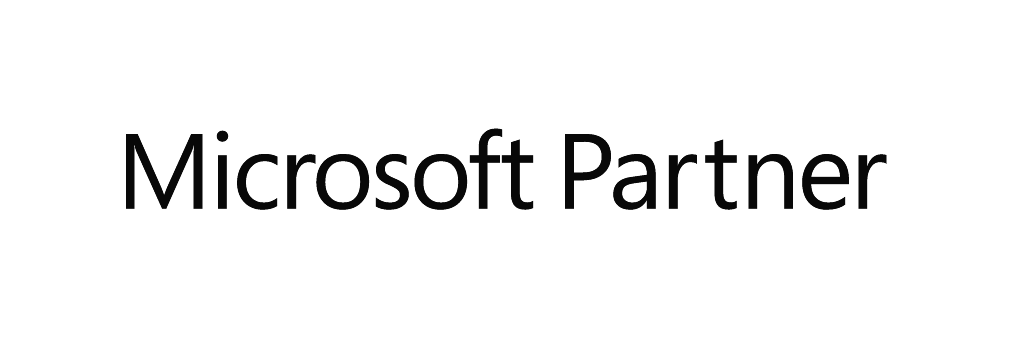This article was written by CBC News. Published February 4, 2023. To access the original article, click here.
‘Anyone under the age of 18 might be wondering: what’s a fax? We don’t blame them,’ says provincial plan.
The fax machine is 1980s technology that’s still being widely used in Ontario’s health-care system, but that could soon change.
Ontario health-care providers send an estimated 152 million faxes each year, according to the Ministry of Health.
Premier Doug Ford’s government is promising to phase out faxes in health over a five-year timeline. To hammer home the point, the fax machine gets an entire page of the government’s new health-care plan, and the page is designed to look like it was faxed.
“It’s time we finally axe the fax,” says the document, entitled Your Health – A Plan for Connected and Convenient Care.
“The Ontario government is replacing antiquated fax machines with digital communication alternatives at all Ontario health-care providers within the next five years.”
More than 90 per cent of doctors still use fax machines, says the Ontario Medical Association (OMA). Prescriptions, test requisitions and specialist referrals are among the health-care documents most commonly faxed around the province.
“In my clinical practice now, whether it’s through the long-term care work that I do or in the hospital, we routinely will either receive or send faxes to other providers,” said Dr. Adam Kassam, a physiatrist and past president of the OMA.
The fax machine persists in Ontario largely because the province’s doctors, hospitals, labs and pharmacies use an array of different systems for electronic medical records and many of those systems can’t communicate with each other in the way that faxes can.
Kassam says paper-based faxes add an administrative burden because health-care providers have to spend time manually re-entering the information they received by fax. But he adds that the transition to all-digital communication will take time.
“We can’t just completely wholesale eliminate faxes overnight,” he said in an interview. “That would create chaos in the health-care system.”
Angeline Ng, vice-president of professional affairs for the Ontario Pharmacists Association, says many health professionals actually find faxing convenient.
“It’s just part of the workflow,” Ng said in an interview. “That’s how it’s been for a lot of years and it’s the mechanism that people are really comfortable with.”
For the pharmacy sector, the biggest issue in transitioning away from the fax machine will be who covers the cost if the digital communications platforms that replace it are expensive, says Ng.
Faxes have a legacy of being perceived as a more secure means of communication than sending documents electronically, but it turns out they aren’t so secure when they’re sent to the wrong number.
- Ontario in ‘full support’ of federal push to tie health-care funding to data
- Ontario to (finally) pull the plug on fax machines in public service
Misdirected faxes are the leading cause of unauthorized disclosure of personal health information in Ontario, according to the province’s Information and Privacy Commissioner. Nearly 5,000 privacy breaches related to misdirected faxes were reported to the commissioner’s office in 2021.
The Ministry of Health already has launched some efforts aimed at alternatives to faxing, such as the Ontario eServices program, which allows clinicians to make referrals and seek specialist advice digitally.
The Ford government has been talking about eliminating fax machines in various arms of government pretty much since it took office:
- In October of 2018, political staff in ministers’ offices started scrapping landlines and fax machines.
- In March of 2021, Finance Minister Peter Bethlenfalvy said he was directing the province’s public service to phase out its 1,500 traditional telephone fax lines by the end of the year.



